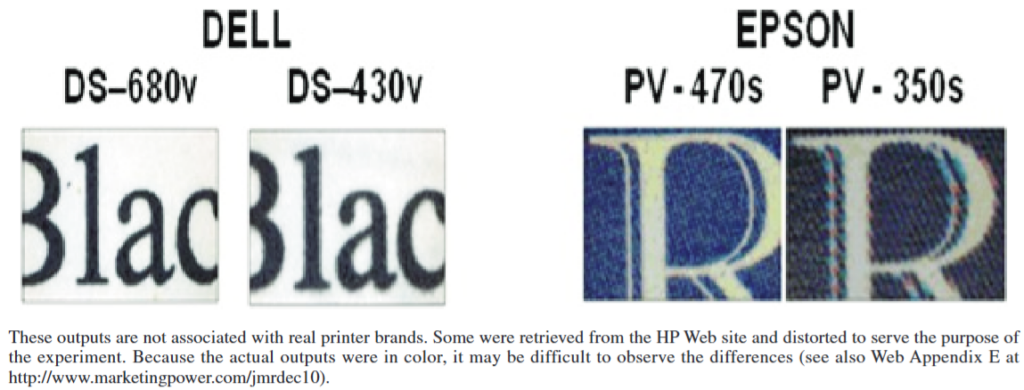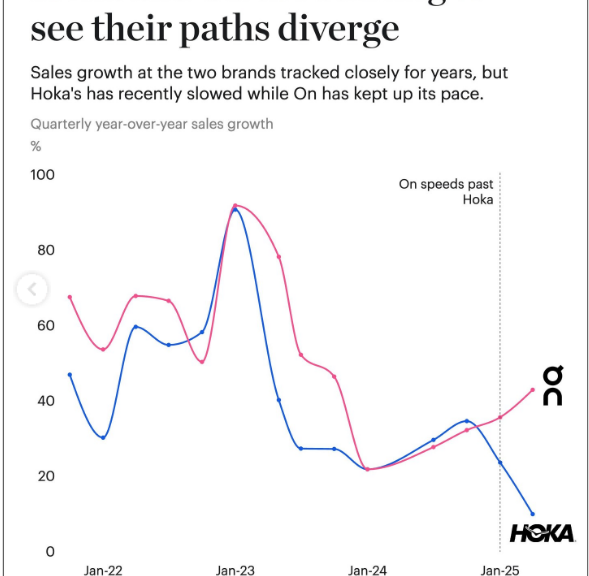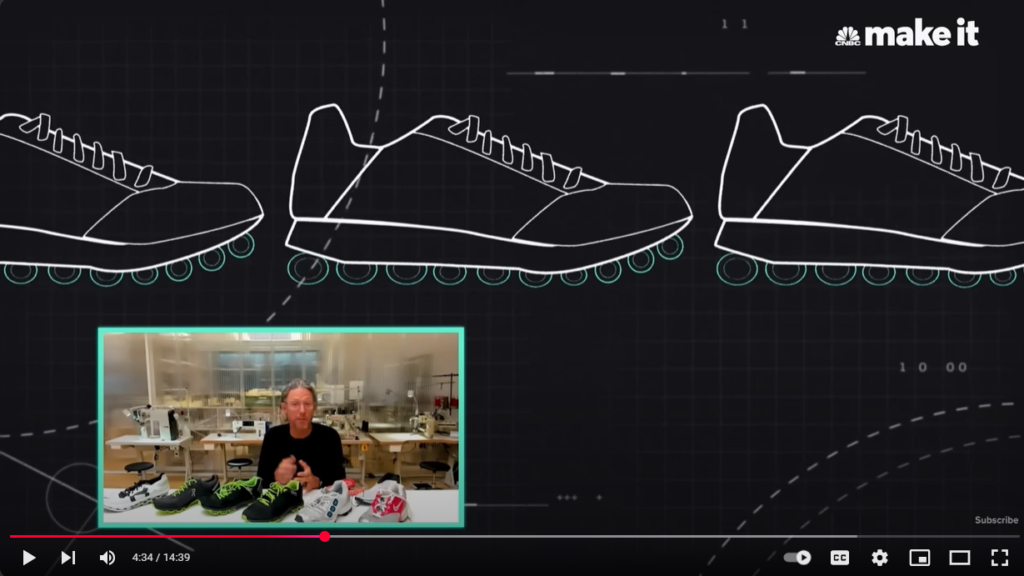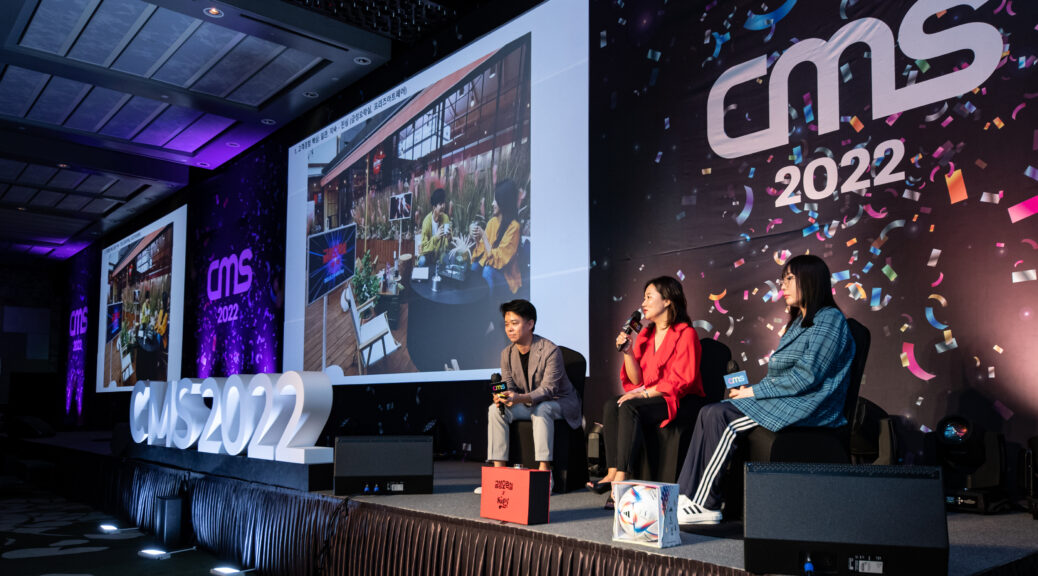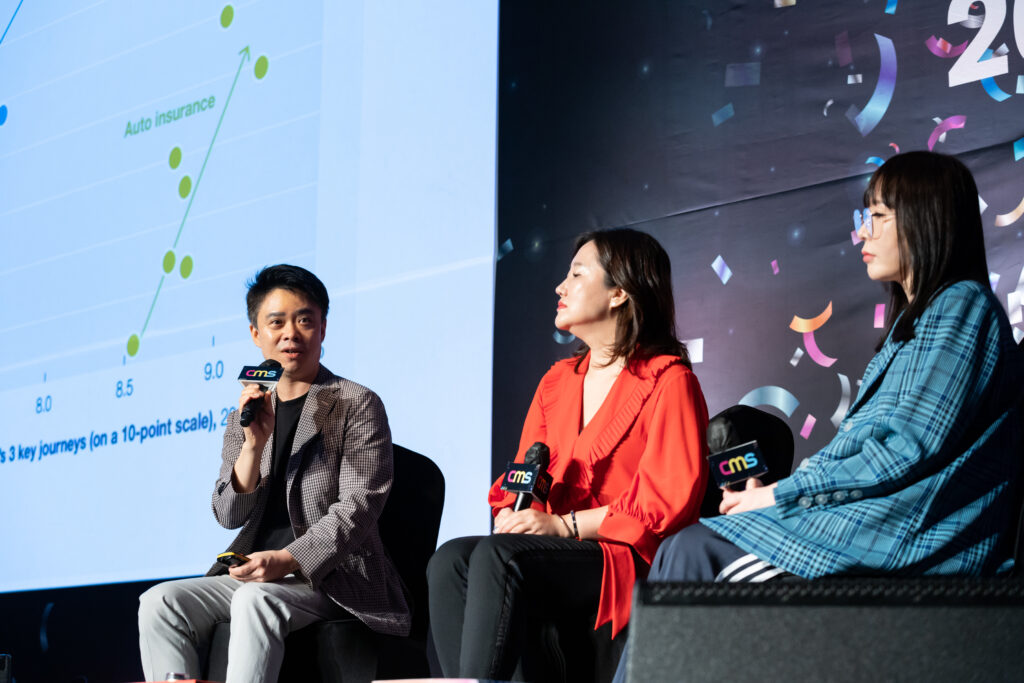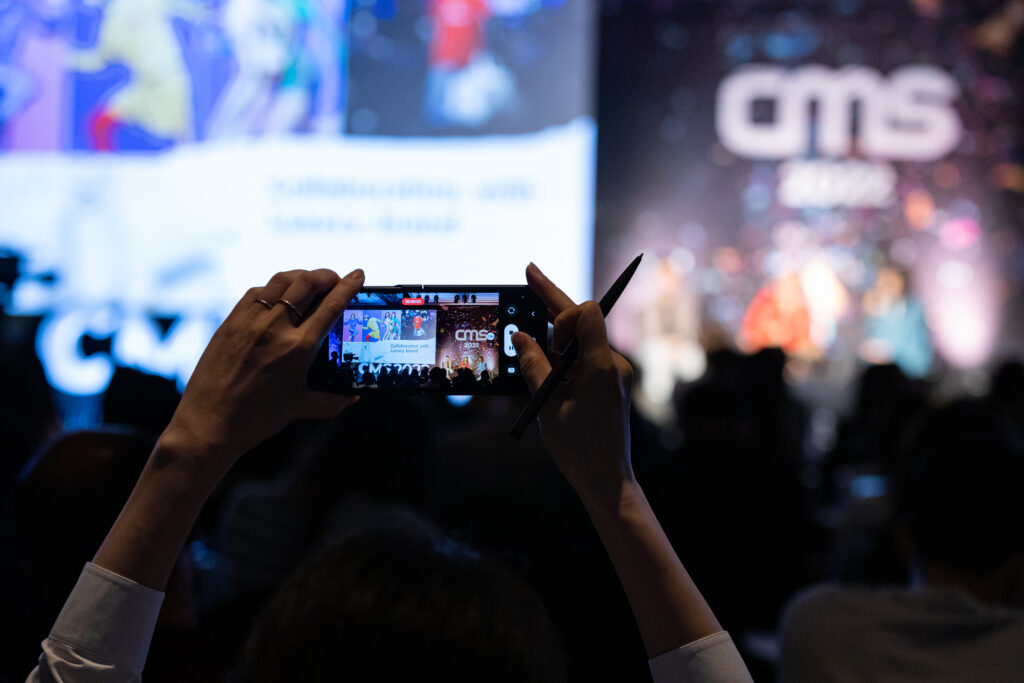
In the crowded world of running shoes, big names like Nike and Adidas are everywhere. But even with these giants, ON Running is making a mark.
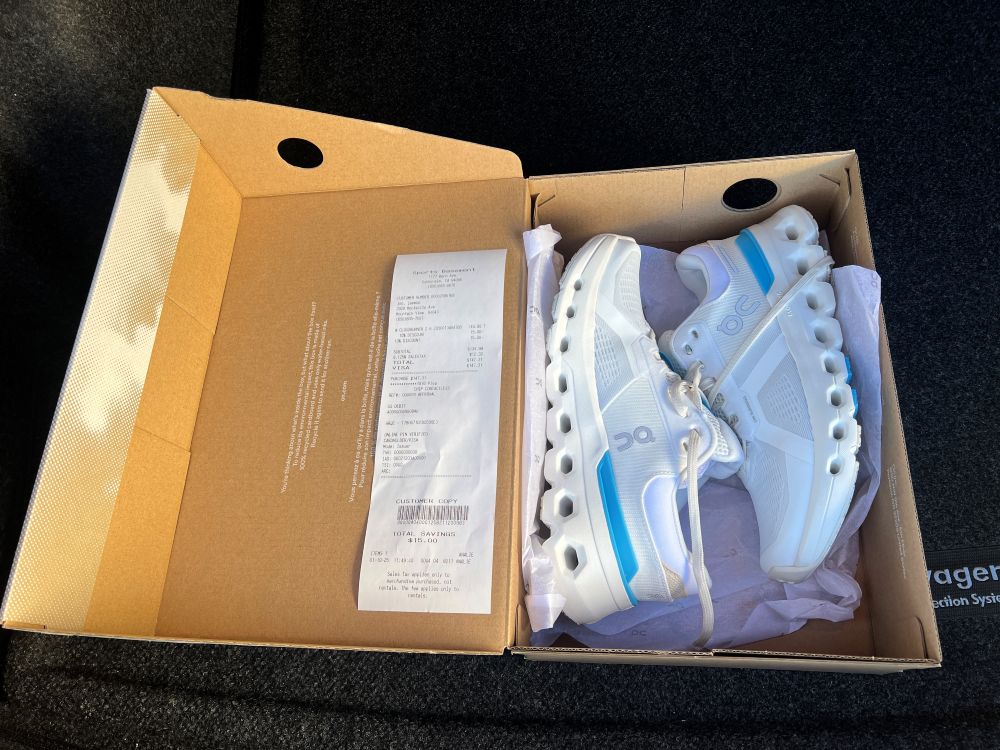
It started in 2010 in Switzerland. One of the three founders, Olivier Bernhard, wanted a new kind of running shoe. He tried something different by attaching pieces of garden hose to shoe soles. This simple idea led to CloudTec, making runners feel like they are running on clouds.
One possible reason why ON Running is successful is its smart naming of this technology. The word “Cloud” signals softness, while “Tec” adds a sense of innovation. Without knowing the details of the technology, consumers can easily grasp that these shoes provide a unique running experience: soft landings followed by explosive take-offs.

Consumers often rely on technology features that are intuitively understandable. One of my favorite examples is Quattro, Audi’s all-wheel-drive system. Even for those unfamiliar with car mechanics, the name “Quattro” suggests something powerful, stable, and reliable.

A well-branded feature name gives consumers a reason to believe in the technology, even without technical knowledge.
***
Reference
Gunasti, K., & Ross Jr, W. T. (2010). How and when alphanumeric brand names affect consumer preferences. Journal of Marketing Research, 47(6), 1177-1192.
This research develops a taxonomy of alphanumeric brand names (ABs) based on the alignment between the brand names and their links to products and attributes. Five empirical studies reveal that ABs have systematic effects on consumers’ product choices, moderated by consumers’ need for cognition, the availability of product attribute information, and the taxonomic category of the AB. In an identical choice set, the choice share of a product option whose brand name takes a higher versus lower numeric portion (e.g., X-200 versus X-100) increases, and it is preferred more even when it is objectively inferior to other choice alternatives. Consumers with low need for cognition use “the higher, the better” heuristic to select options labeled with ABs and choose brands with higher numeric portions. Consumers with high need for cognition process ABs more systematically and make inferences about attribute values based on brand name–attribute correlations. The effects of ABs on consumer preferences are prevalent for most technical products, even when consumers do not know the product category or meanings of attributes.
